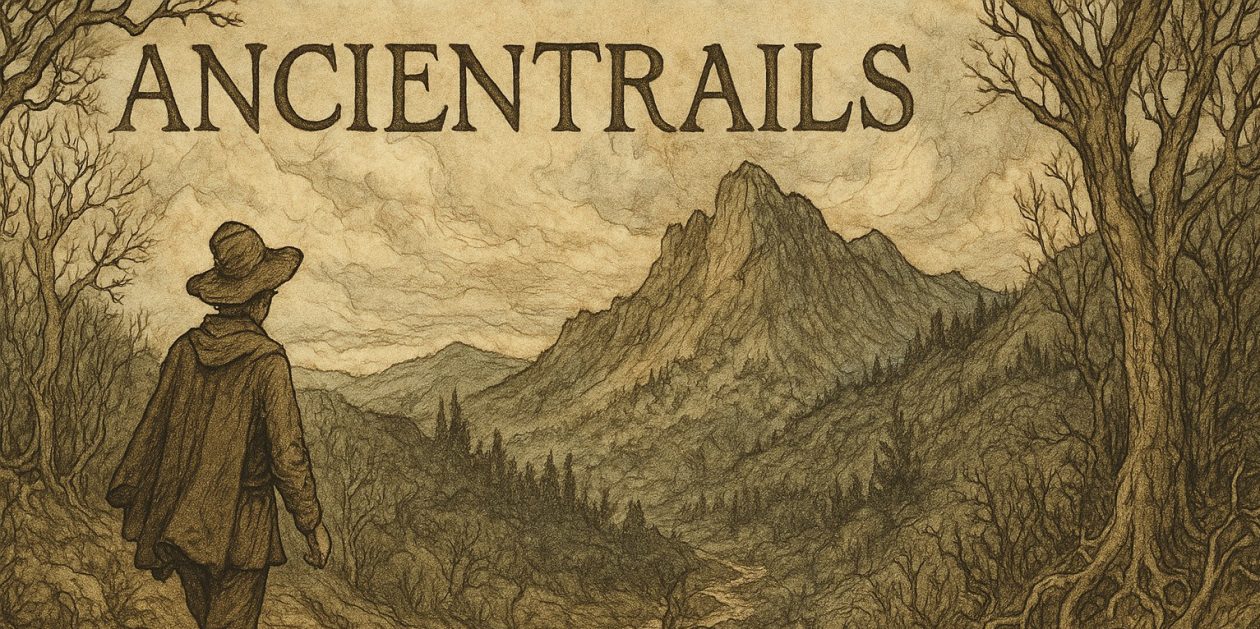79 bar steady 29.95 2mph N dew-p0int 60 sunrise 6:04 sunset 8:32 Lughnasa
Waxing Crescent of the Corn Moon
“These are the times that try men’s souls. The summer soldier and the sunshine patriot will, in this crisis, shrink from the service of their country; but he that stands it now, deserves the love and thanks of man and woman.” – Thomas Paine
What does it mean to be an American? This is the question I’ve set for the Woollies on August 18th, the gathering here. Paine offers a perspective. An American stands with his country in a time of trial, does not flinch from action when the stakes are high.
We’ve not had times like that often in the American experience, but enough. The revolution. The Civil War. Reconstruction. The Great Depression. WWII. The second Civil War, fought over Civil Rights and our presence in Vietnam. There have been other, less heated moments, still difficult like the temperance fight and women’s suffrage, perhaps the feminist movement’s main time in the late 1970’s and early 1980’s.
Still, when I think of what it means to be an American I trend toward adjectives, vignettes, moments rather than political or cultural conflict. Fireworks on the 4th of July. Yellow school buses. Flickering televisions. Traffic jams. Grocery stores with that over abundance. Kids headed to church in ill-fitting fancy clothes. Norman Rockwell moments. The old barber with the pump chair and the slick black combs in a pink bath surround by glass and topped by shiny metal. Drugstores and soda fountains. The Statue of Liberty. The Lincoln Memorial. The Washington monument. American football on Friday and Saturday nights or Sunday afternoon. Hot dogs. Hamburgers with cheese and bacon and fries. Baseball cards. Comic books. Movies. A bright, sunshiny California dreamin. Surfin USA. The Grand Canyon. The Rocky Mountains. The Catskills. Rip Van Winkle. Hudson River School painters. Walt Whitman. Moby Dick. The Scarlet Letter. Those kind of things. Muscular. Proud. Sacrificial. Sad. Arrogant. Salarymen in gray flannel suits. Barely hanging on to the corporate ladder. Milk in glass bottles. The Alamo. Daniel Boone and Davy Crockett. Log cabins. Maine flannel shirts and lobster. Disney lands. Slave ships. The enslaved. The Emancipation Proclamation. The Monroe Doctrine. The Louisiana Purchase. The Northwest passage. Ice cream and popsicles.



